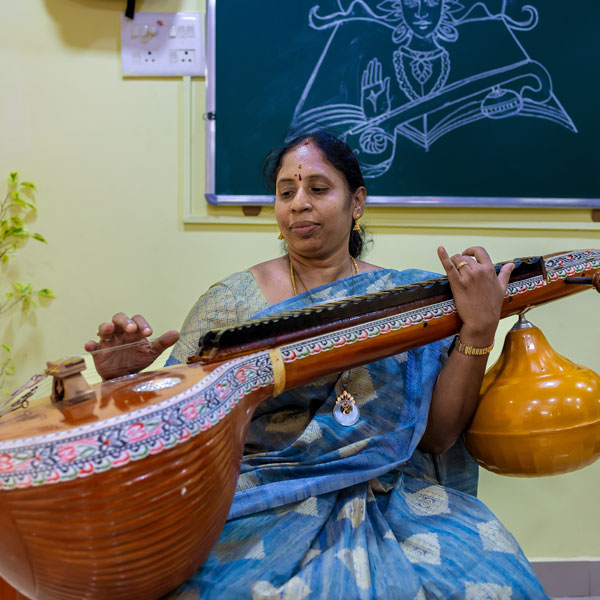
The Veena is India’s national instrument. It is the oldest and the most authentic of all Indian instruments. The origin of the Veena can be traced to India’s Vedic period. This instrument allows all the delicate quartertones and the subtle nuances to be played with accuracy. Archeological digs have uncovered gold coins from the Gupta regime inscribed with Emperor Samudragupta (330-375 A.D.) playing the harp, a form of Veena.
Creativity for Children
Students friendly pricing for the certificate programs helps individuals to get their skill
certificate easier than ever!

We believe that secure relationships with responsive, respectful kids provide the basis for young learning.
Copyright © 2023 Xtreme Education. Developed & Hosted by YOGA’S IT Solutions